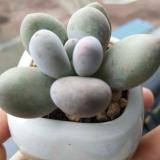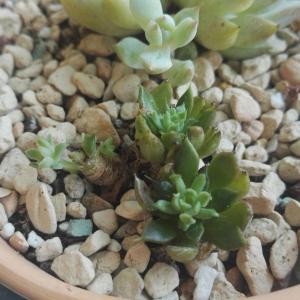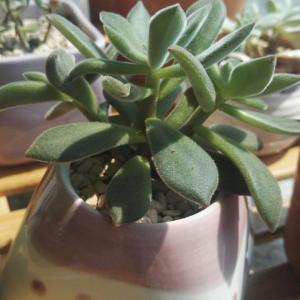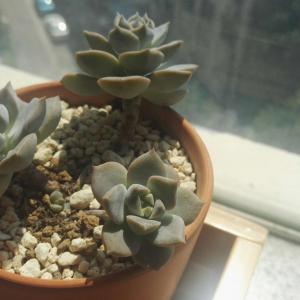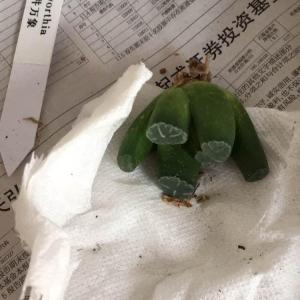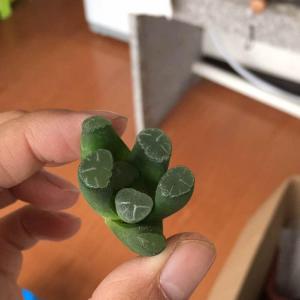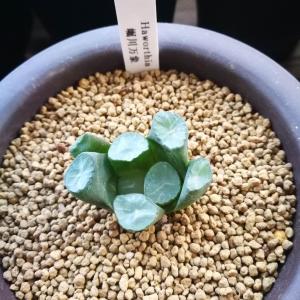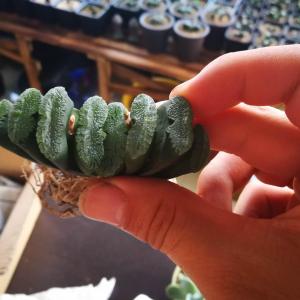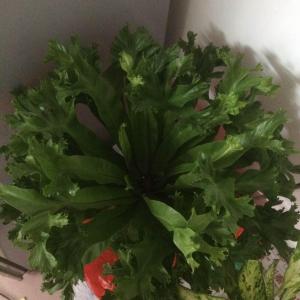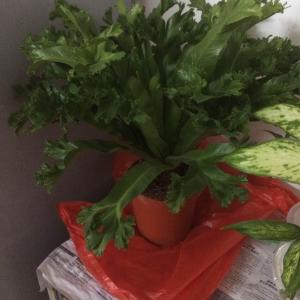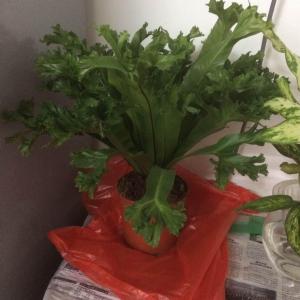文章
Dummer. ゛☀
2017年08月30日

Dogwoods are among the most beautiful trees found in American landscapes, but not all types are suitable for the garden. Find out about the different kinds of dogwood trees in this article.
Dog Tree Types
Of the 17 species of dogwood native to North America, the four most common garden types are native flowering dogwoods, Pacific dogwood, Cornelian cherry dogwood and kousa dogwoods. The latter two are introduced species that have earned a place in American gardens because they are more disease resistant than native species.
Other native species are best left in the wild because of their coarse texture or unruly habit. Let’s look at the four different types of dogwood trees best suited to cultivated landscapes.
Flowering Dogwood
Of all the varieties of dogwood, gardeners are most familiar with the flowering dogwood (Cornus florida). This beautiful tree is interesting all year, with pink or white flowers in late winter or early spring, followed by attractive green foliage. In late summer, the leaves turn dark red, and bright red berries appear in place of the flowers. The berries are an important food for several types of wildlife, including many species of songbirds. In the winter, the tree has an attractive silhouette with small buds at the tips of the branches. Flowering dogwoods grow to between 12 and 20 feet tall with a trunk diameter of 6 to 12 inches. They thrive in sun or shade. Those in full sun are shorter with better leaf color, especially in the fall. In the shade, they may have poor fall color, but they have a more graceful, open canopy shape.
Native to the Eastern U.S., this handsome tree thrives in U.S. Department of Agriculture plant hardiness zones 5 through 9. Flowering dogwood is susceptible to anthracnose, a devastating and incurable disease that can kill the tree. In areas where anthracnose is a problem, plant kousa or Cornelian cherry dogwood instead.
Kousa Dogwood
Native to China, Japan and Korea, the kousa dogwood (Cornus kousa) is very similar to the flowering dogwood. The first difference you will notice is that the leaves appear before the flowers, and the tree flowers a couple of weeks later than the flowering dogwood. The fall fruit looks like raspberries, and it’s edible if you can tolerate the mealy texture. If you’re going to plant near a patio, flowering dogwood may be a better choice because the kousa’s berries create a litter problem. It tolerates the cooler temperatures of zones 4 through 8. There are several noteworthy hybrids of C. florida and C. kousa.
Pacific Dogwood
Pacific dogwood (Cornus nuttallii) grows on the West Coast in a band between San Francisco and British Columbia. Unfortunately, it doesn’t thrive in the east. It’s a taller and more upright tree than the flowering dogwood. Pacific dogwood thrives in USDA zones 6b through 9a.
Cornelian Cherry Dogwood
Cornelian cherry dogwood (Cornus mas) is a European species that thrives in zones 5 through 8, although it looks ragged by the end of the season in areas with hot summers. You can grow it as a small tree or a tall, multi-stemmed shrub. It reaches heights of 15 to 20 feet. It blooms in late winter or very early spring, with the yellow blossoms making their appearance before early spring-bloomers such as forsythia. You can use the cherry-like fruit in preserves.

Dog Tree Types
Of the 17 species of dogwood native to North America, the four most common garden types are native flowering dogwoods, Pacific dogwood, Cornelian cherry dogwood and kousa dogwoods. The latter two are introduced species that have earned a place in American gardens because they are more disease resistant than native species.
Other native species are best left in the wild because of their coarse texture or unruly habit. Let’s look at the four different types of dogwood trees best suited to cultivated landscapes.

Flowering Dogwood
Of all the varieties of dogwood, gardeners are most familiar with the flowering dogwood (Cornus florida). This beautiful tree is interesting all year, with pink or white flowers in late winter or early spring, followed by attractive green foliage. In late summer, the leaves turn dark red, and bright red berries appear in place of the flowers. The berries are an important food for several types of wildlife, including many species of songbirds. In the winter, the tree has an attractive silhouette with small buds at the tips of the branches. Flowering dogwoods grow to between 12 and 20 feet tall with a trunk diameter of 6 to 12 inches. They thrive in sun or shade. Those in full sun are shorter with better leaf color, especially in the fall. In the shade, they may have poor fall color, but they have a more graceful, open canopy shape.

Native to the Eastern U.S., this handsome tree thrives in U.S. Department of Agriculture plant hardiness zones 5 through 9. Flowering dogwood is susceptible to anthracnose, a devastating and incurable disease that can kill the tree. In areas where anthracnose is a problem, plant kousa or Cornelian cherry dogwood instead.
Kousa Dogwood
Native to China, Japan and Korea, the kousa dogwood (Cornus kousa) is very similar to the flowering dogwood. The first difference you will notice is that the leaves appear before the flowers, and the tree flowers a couple of weeks later than the flowering dogwood. The fall fruit looks like raspberries, and it’s edible if you can tolerate the mealy texture. If you’re going to plant near a patio, flowering dogwood may be a better choice because the kousa’s berries create a litter problem. It tolerates the cooler temperatures of zones 4 through 8. There are several noteworthy hybrids of C. florida and C. kousa.

Pacific Dogwood
Pacific dogwood (Cornus nuttallii) grows on the West Coast in a band between San Francisco and British Columbia. Unfortunately, it doesn’t thrive in the east. It’s a taller and more upright tree than the flowering dogwood. Pacific dogwood thrives in USDA zones 6b through 9a.

Cornelian Cherry Dogwood
Cornelian cherry dogwood (Cornus mas) is a European species that thrives in zones 5 through 8, although it looks ragged by the end of the season in areas with hot summers. You can grow it as a small tree or a tall, multi-stemmed shrub. It reaches heights of 15 to 20 feet. It blooms in late winter or very early spring, with the yellow blossoms making their appearance before early spring-bloomers such as forsythia. You can use the cherry-like fruit in preserves.
0
0


